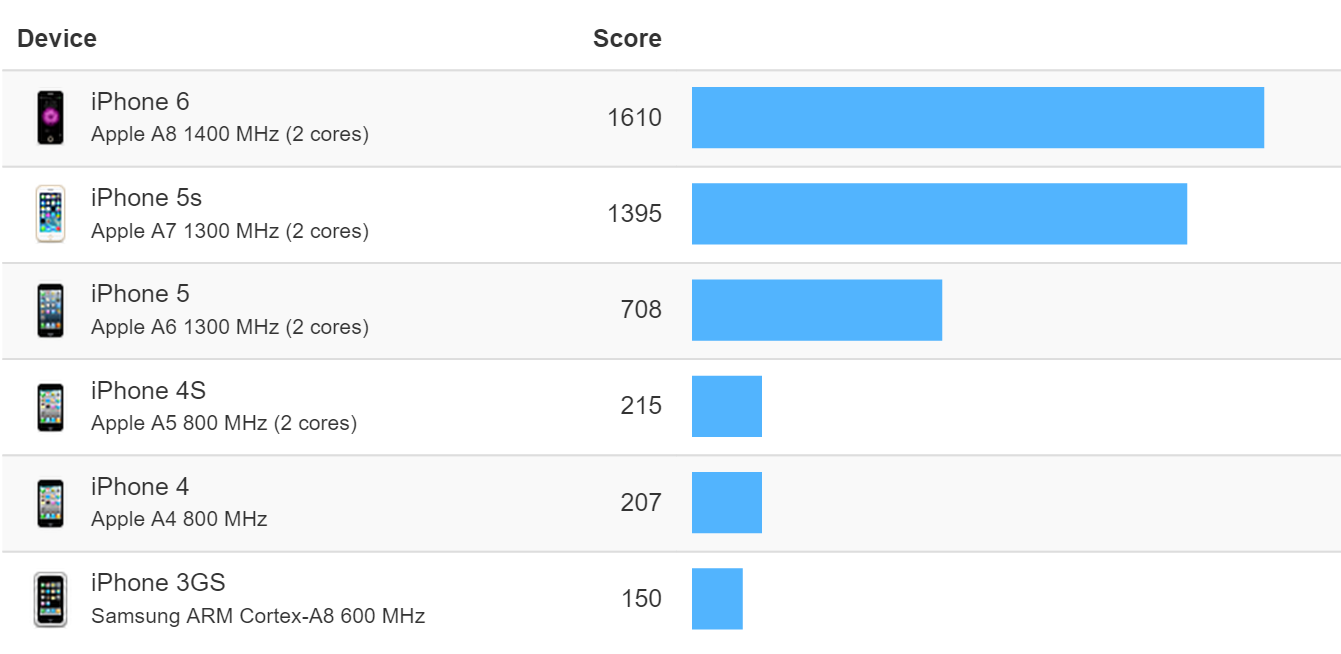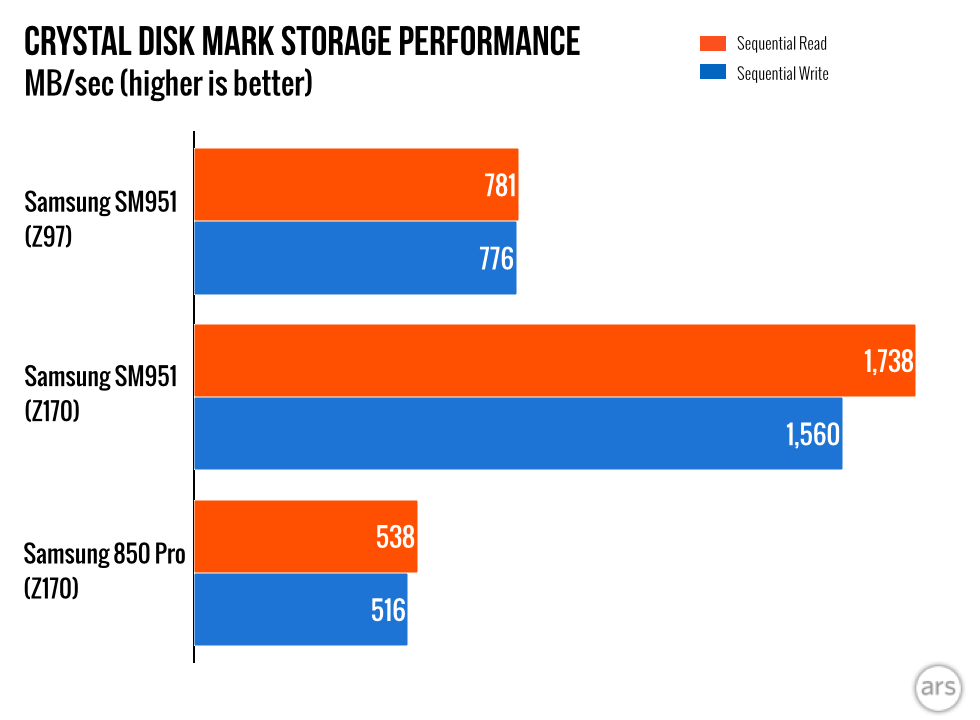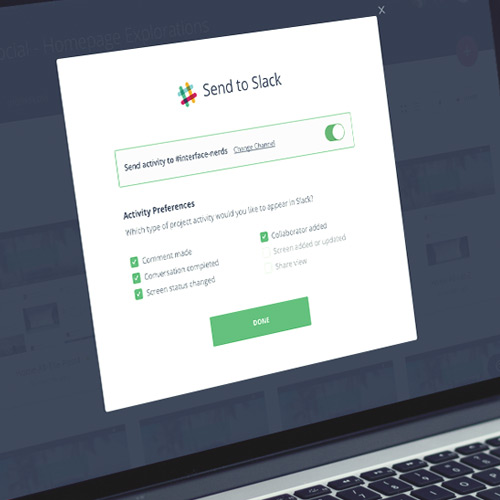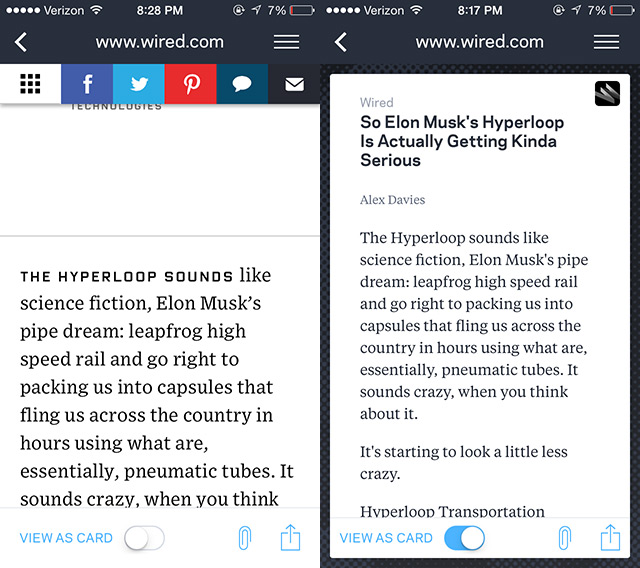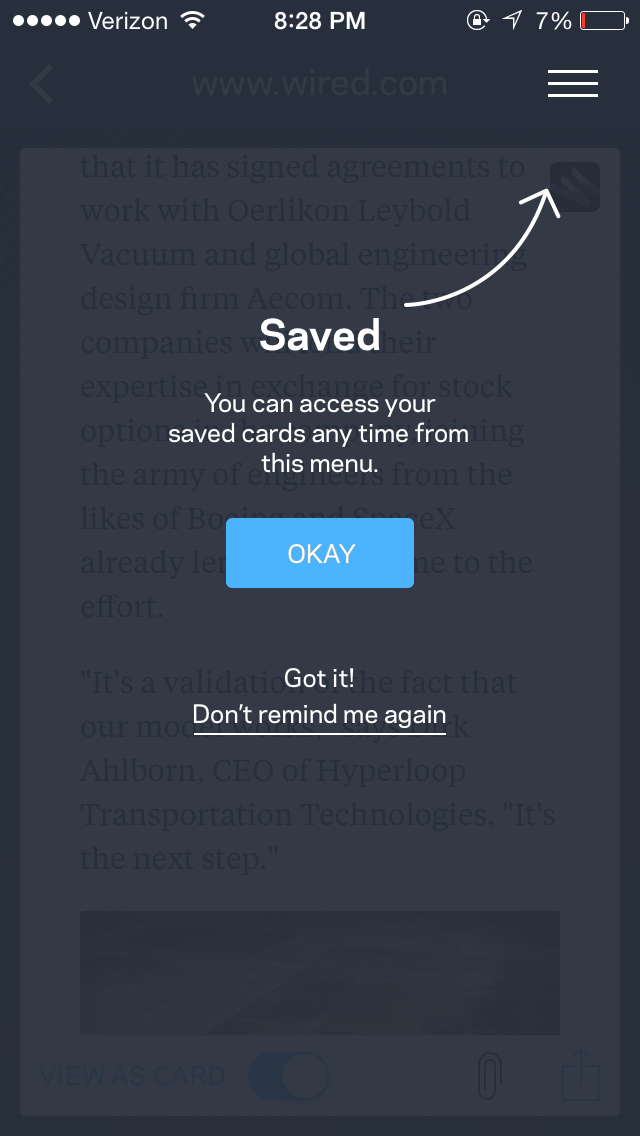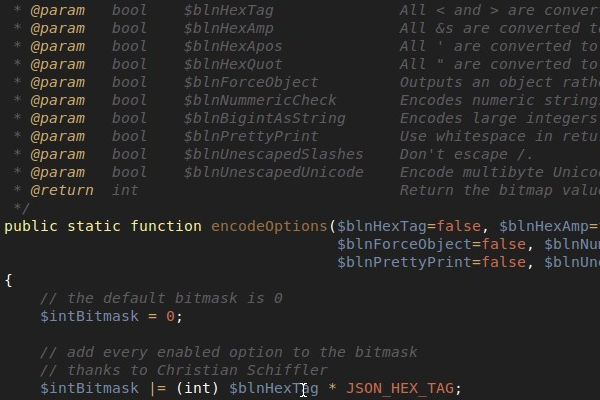While the actual task of invoicing clients is not likely something you look forward to, certainly the flip side of invoicing – all of those receivable dollars – can be seen as cause for celebration.
There are few things more satisfying to the bootstrapping entrepreneur than checking your online bank account and seeing your balance increase.
But one of the frustrating pieces of this process, for the lion’s share of small businesses, is the wait. That(hopefully not longer than) one- to four-week period of lag time between submitting the invoice and receiving the funds can be fraught with anticipation and uneasiness.
However there are ways to diplomatically encourage your clients to remit payment promptly and regularly. These methods do not involve large, sweaty, intimidating men. Or threats. Or even those friendly “just wanted to follow up” reminder emails.
We’re talking about just making the format and notation of your invoice documents themselves more conducive to expediting payment.
It’s true that the mere act of including specific, relevant information on your invoice is often enough to get you paid more efficiently. Although invoices come in seemingly countless shapes and sizes, they all essentially serve the same purpose: to legally and financially document a business transaction.
In fact, while an invoice commonly doubles as a de facto receipt, in many cases it can also be the only proof a transaction occurred.
While almost all legally acceptable invoices have the same basic information listed (contact information for the issuer and recipient, date, price, services rendered and quantities involved) there are some additional fields that you should include which can significantly shorten the time it takes for your customers to pay.
Sort your Systems and Processes
Before we dive into the formatting of your invoice documents, let’s take a step back and remember that when it comes to business operations surrounding payments, invoices are merely the tip of the iceberg; the signposts that suggest a whole slew of other things are taking place.
There’s much more to the invoicing process than simply sending out requests for payment. First you need to determine what type of billing cycle makes the most sense for your business and stick to that system.
Are you billing weekly, monthly, or at key project intervals? If you’ve got a retainer with a six-month commitment, for example, can you break the project down into invoice-able chunks (one-third up front, one-third halfway through and the final third upon completion)? These are details to be negotiated prior to embarking on a client relationship, but even before the client is involved it’s up to you to determine your most comfortable and preferred method.
Without an established system in place you risk allowing invoices to fall between the cracks. It happens.
When juggling a dozen or more clients simultaneously, some of the smaller or ad-hoc projects can get lost in the shuffle. And it’s exponentially more difficult to invoice months after you’ve provided services since that often calls for complicated account reconciliations.
Also worthy of consideration is the overall look and feel of the document you’re presenting. Ultimately this may be one of the only written pieces of collateral your client will see you produce.
It represents your brand and reflects on your professionalism. Ensure that all communication with your clients – yes, invoices included – is not only clear and accurate but attractive and polished as well.
Include a Due Date
In order to ensure that everyone is on the same page regarding payment expectations, your invoice’s payment deadline should always be actionable, viewable, and clear.
Simply marking “14 days from date of invoice” isn’t going to cut it. List the actual due date rather than requiring your client to calculate. Nobody wants to do extra math.
One option you may consider to encourage prompt payment is to offer a small incentive or discount in exchange for immediate remittance. Even a 5% deduction, for example, can prompt clients to pay instantly rather than waiting until the end of the month.
Acceptable Payment Methods
As a general rule, when you make it easier for your customers to pay they’ll be encouraged to take care of it sooner.
Display not only which payment methods are available, but also all your relevant account details so your client’s next steps require no digging through email archives and no further clarification on your part.
Some invoicing software features a “pay now” option if you’ve integrated an electronic credit card processing service like Stripe or Authorize.net. Since managing transactions on the go has become standard, if you empower your client to pay you directly from his or her phone upon invoice receipt then you’re golden.
List payment options clearly and be sure to indicate if there are any fees associated with each method. Some payment channels (including wire transfers and PayPal) mean extra fees for your business, so if you intend to pass those charges along to your customers make sure that gets sorted out ahead of time.
Itemized Pricing and Details
If you don’t have accurate records detailing the work you’ve completed for your clients then you shouldn’t be issuing an invoice.
Get super detailed and pedantic about documentation. The more records you have, the fewer questions and follow-up discussions you’ll have to deal with.
Track not only your hours but all costs and materials that you intend to expense so you can bill them back and get compensated.
Record the work and the expenses as you go (it’s often easier if you’re using an app made for this) so you don’t have to recall and compile these details at a later date. Documenting in real time also significantly reduces the likelihood of forgetting to include something in your invoice down the line.
- Include a field illustrating the number of items, hours or days that you’re charging for.
- Include a field highlighting the cost per item, hour or day, aligning with the entries above.
- Include a total amount for each entry with an overall subtotal at the bottom.
This clear, straightforward documentation along with any notes on time entry (itemizing how exactly your time was spent) can go a long way towards minimizing conflict and payment delays.
The True Invoice Recipient
Consider, when working with non-solopreneur clients, that the person you deal with on a daily basis may be an entirely different person from the one who pays contractors.
Depending on the size of the organization involved, these two people may not even know each other.
Therefore if the accounting person needs to guess (or, more likely, research and reconfirm) who you are and which departmental budget the payment should be coming from, then you are setting yourself up for delay.
In addition to including all of the relevant names, clearly state your primary liaison’s department so that the client’s accounting department can process efficiently.
Relevant Tax and Conversion Rates
If you’re doing business in two or more countries then you’re going to have to wrap your head around currency exchanges and foreign tax laws. Not only do you need to familiarize yourself with the invoicing requirements in your client’s home country, but you’ll also need to close on mutually viable exchange rates and determine what your bank is going to charge you for the transaction.
Even if you’re operating on a single-country and single-currency basis, your invoices often must include a separate entry for sales tax along with the specified percentage. Your subtotal of services, as described above, likely must be augmented by a sales tax or VAT column that itemizes percentages and final totals.
Professional software can handle this for you automatically, but make sure to check all client territory-specific details manually since invoicing a US client in Europe might be awkward for both of you.
A powerful invoicing app like Invoice Ninja offers a variety of easy-to-use templates that include all the basics listed above – and allows you to customize the look, design, branding, and invoice fields.
Info Matters
There are boundless options out there for friendly & professional invoicing. Before selecting your preferred software solution, ensure that its capabilities match up with the requirements listed here.
A solid invoicing tool will not only help you look professional – it will help you get paid faster, too.
Making sure that all of this information appears on every invoice may help you receive funds faster due to psychological factors in the minds of your clients. It may also help to expedite payment from a strictly practical/logistical perspective.
But what’s the difference, really? When your priority is to collect what’s due as efficiently as possible, getting effective methods down pat matters far more than determining the reasons.
